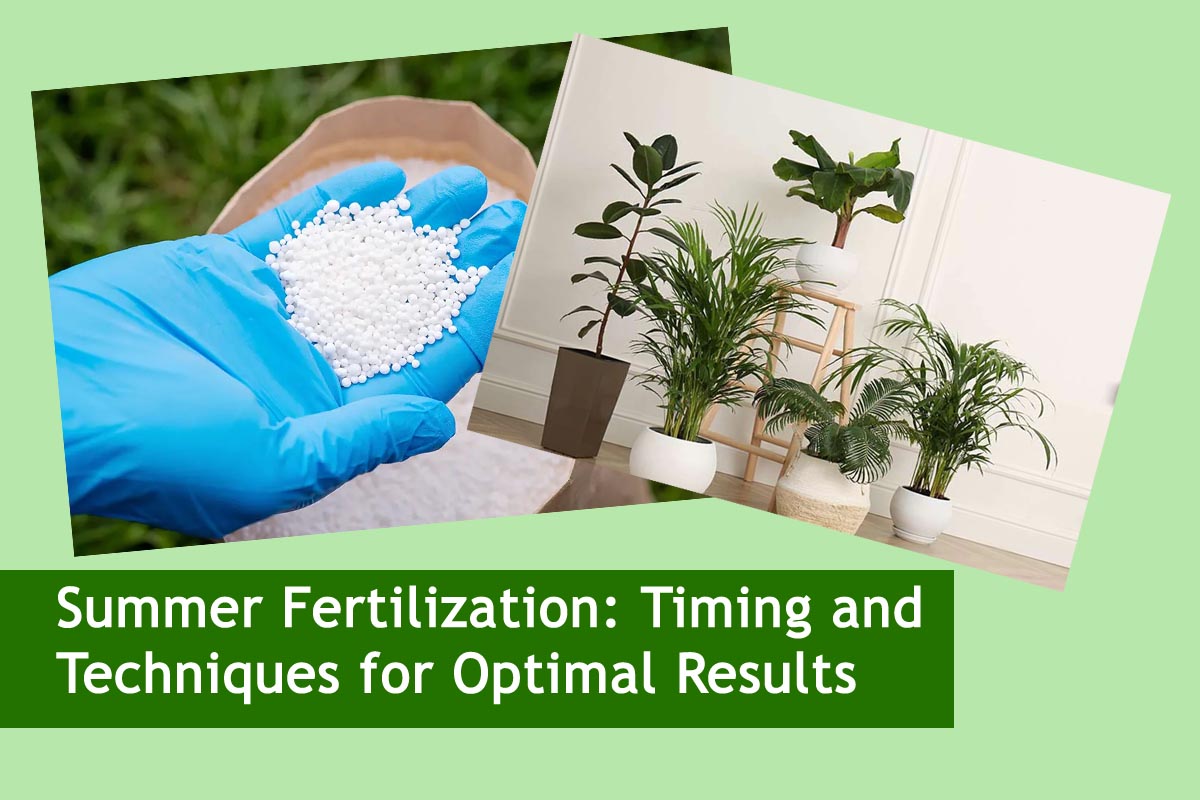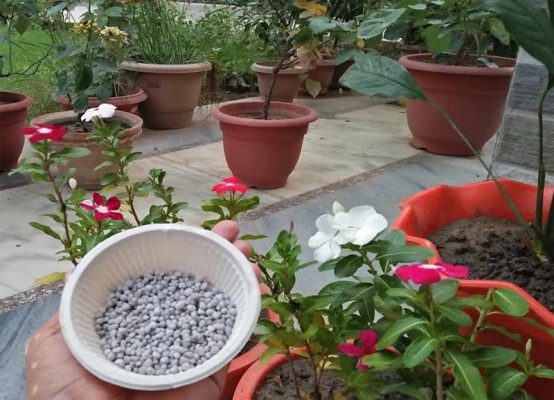
Summer Fertilization: Timing and Techniques for Optimal Results
As the sun rises higher in the sky and temperatures soar, your garden enters a phase of vigorous growth and increased nutrient demand. To ensure lush foliage, vibrant blooms, and robust harvests throughout the summer months, strategic fertilization becomes essential. In this guide, we’ll delve into the timing and techniques for applying fertilizer during summer, empowering you to nourish your plants effectively and achieve optimal results.
Understanding Summer Nutrient Needs
Before diving into the specifics of summer fertilization, it’s crucial to grasp the unique nutrient requirements of plants during this season. As temperatures rise, plants undergo accelerated growth, depleting soil nutrients at a faster rate. Additionally, frequent watering and higher evaporation rates can lead to nutrient leaching from the soil, further emphasizing the need for regular fertilization.
During summer, plants primarily require three key nutrients: nitrogen (N), phosphorus (P), and potassium (K). Nitrogen promotes vigorous leaf and stem growth, phosphorus supports root development and flower formation, while potassium enhances overall plant health and resilience to stressors such as heat and disease.
Also Read This : A Guide on How to Care for Your Tomato Plant Post-Planting
Timing Is Key
Timing plays a pivotal role in the success of summer fertilization. Ideally, you should apply fertilizer early in the season to provide a nutrient boost as plants gear up for rapid growth. Aim for late spring to early summer, typically around mid-May to early June, depending on your region and local climate.
Divide your fertilization schedule into multiple applications spaced throughout the summer months rather than applying a single large dose. This approach ensures a steady supply of nutrients to meet the evolving needs of your plants as they progress through different growth stages.
Also Read This : Cultivating Green Spaces in Tiny Homes: Gardening Tips for Limited Living Quarters
Choosing the Right Fertilizer

Selecting the appropriate fertilizer formulation is essential for meeting your plants’ specific requirements and maximizing their potential during summer. Look for balanced fertilizers with a relatively equal ratio of nitrogen, phosphorus, and potassium, such as a 10-10-10 or 20-20-20 blend.
For specific plants or crops with distinct nutritional needs, consider specialized fertilizers tailored to their requirements. For example, high-nitrogen fertilizers are ideal for leafy vegetables like lettuce and spinach, while phosphorus-rich formulations benefit flowering plants such as roses and annuals.
Also Read This : Transform Your Balcony into a Serene Sanctuary: Tips for Creating a Cozy Outdoor Retreat
Application Techniques
Proper application techniques ensure that your plants receive the maximum benefit from the fertilizer while minimizing the risk of nutrient runoff or wastage. Here are some key tips for applying fertilizer during summer:

Soil Testing:
Before applying any fertilizer, conduct a soil test to assess its nutrient composition and pH levels. This information helps you determine the appropriate type and quantity of fertilizer needed to address any deficiencies.
Also Read This : Elevate Your Garden with Low-Maintenance Herbs
Even Distribution:
Spread the fertilizer evenly over the soil surface to ensure uniform nutrient availability to all plants. Avoid concentrating the fertilizer around the base of plants, as this can lead to root burn or uneven growth.
Watering In:
After applying the fertilizer, water the soil thoroughly to help dissolve the nutrients and carry them down to the root zone. This practice also prevents the fertilizer from sitting on the soil surface, where it may be prone to volatilization or runoff.
Also Read This : Summer Hazard: Avoid These Fertilizers to Protect Your Plants
Mulching:
Consider applying a layer of organic mulch, such as straw or compost, around your plants after fertilization. Mulch helps conserve soil moisture, suppress weeds, and gradually release nutrients as it decomposes, complementing the effects of fertilizer.
Avoid Overfertilization:
While it’s tempting to provide plants with ample nutrients during summer, avoid the temptation to overfertilize. Excessive nitrogen can lead to lush but weak growth, making plants more susceptible to pests and diseases.
Also Read This : Enhance Your Mogra Plant with This Kitchen Staple for Beautiful Flowers
Follow Package Instructions:
Always follow the manufacturer’s instructions regarding the application rate and frequency for the fertilizer you’re using. Overdosing can harm your plants and disrupt the balance of nutrients in the soil.
Also Read This : How to Ensure Your Bougainvillea Plant Blooms Abundantly: Tried and Tested Tips
Summer fertilization is a critical aspect of maintaining healthy, thriving plants during the peak growing season. By understanding the nutrient requirements of your plants, timing your fertilization applications strategically, and employing proper techniques, you can ensure optimal results and enjoy a bountiful harvest or a garden bursting with color throughout the summer months. So, roll up your sleeves, grab your fertilizer, and nourish your garden for a season of abundance and beauty.




